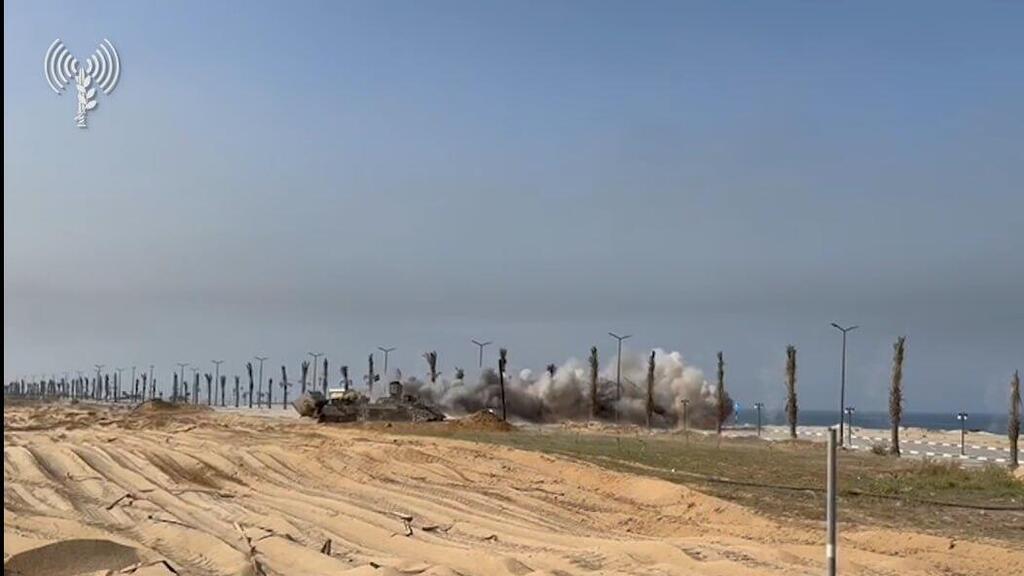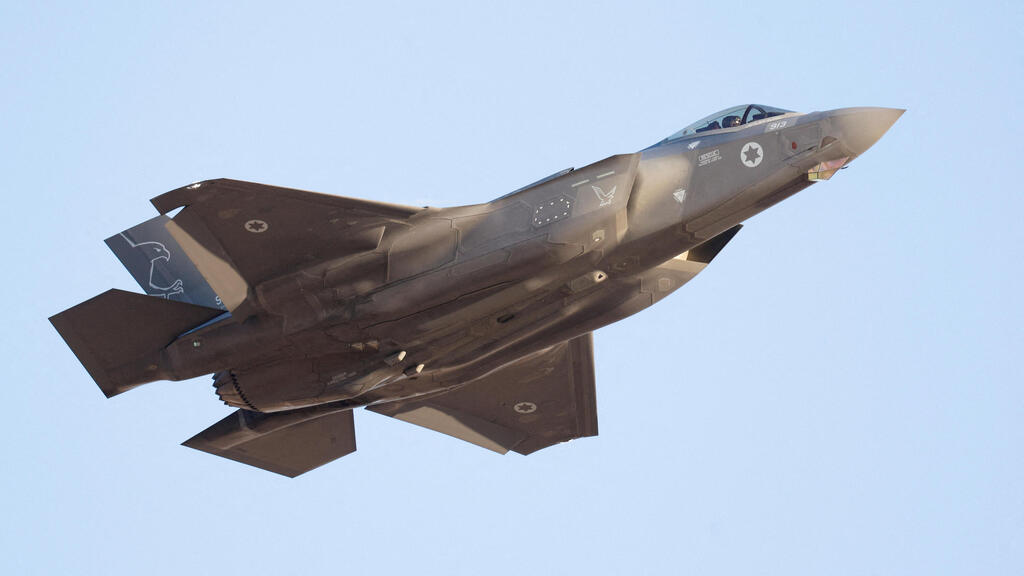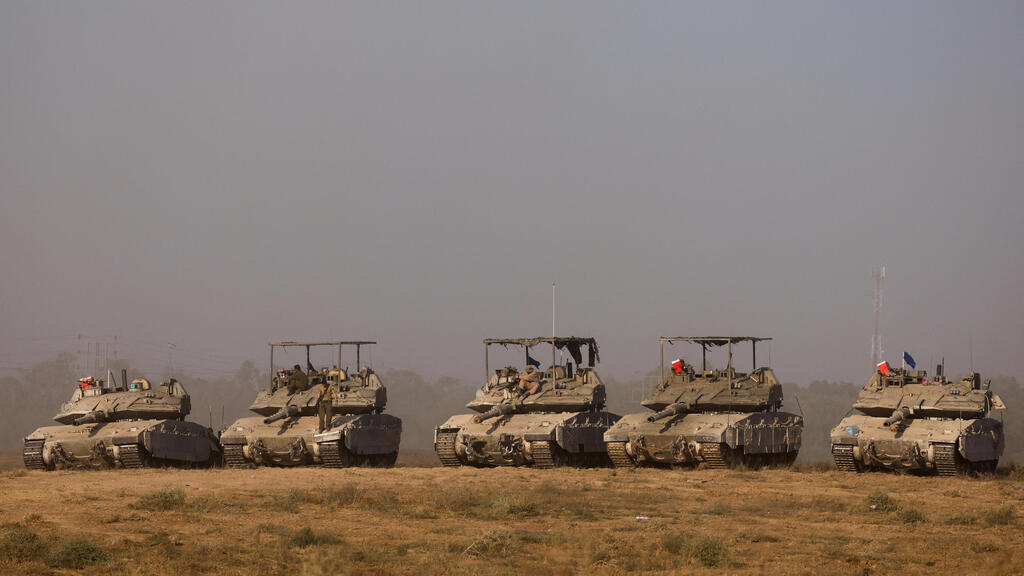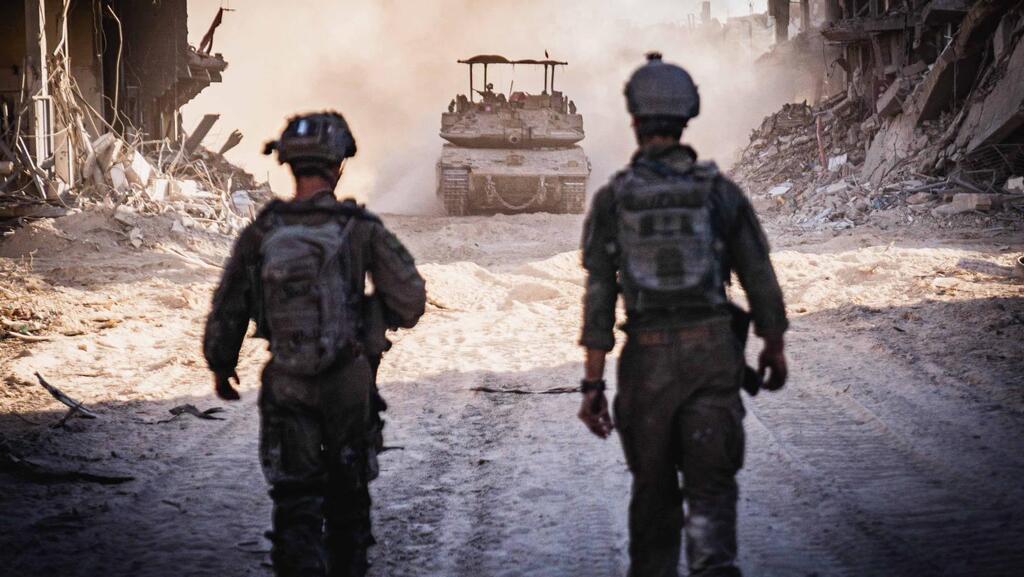1. Israeli Air Force
The Israeli Air Force's systems and capabilities have remained the primary factor enabling Israel to handle a multi-front war successfully for nearly a year. This includes strategic levels (repelling Iran's missile attack and carrying out strikes in Yemen), operational levels (executing strikes in Gaza and pushing Radwan forces away from the northern border), and tactical levels (eliminating a terrorist cell that planted an explosive on a busy road near Tulkarm).
It's important to stress the almost unimaginable interception capabilities of Israel’s air defense systems, which protect the home front and give lawmakers flexibility in reaching operational decisions.
Another noteworthy point is the Air Force headquarters' ability to plan and execute quality operations in record time based on emerging military intelligence. Examples include the elimination of Hezbollah leader Hassan Nasrallah in his Beirut bunker and the strikes in Yemen.
An equally significant achievement was the management of ammunition and resources, allowing Israel to maintain diplomatic freedom of action even in cases of disagreements with the U.S.
F15i jets taking off for the strike of Hassan Nasrallah and Hezbollah’s Central Headquarters in Lebanon, from Hatzerim Airbase
(IDF)
There are two critical lessons from the Air Force's outstanding success: first, the Air Force must continue to rely on advanced, manned fighter jets and helicopters for the coming years. Drones are important but can't provide the same flexibility and diverse operational options as a manned air fleet.
The second conclusion is that the Air Force must be closely involved in border defense, as it currently operates alongside ground forces in Gaza and the northern border. The large forces now defending the borders must include an integral air support.
2. The Intelligence Corps
Over the past year, especially following October 7’s failures, the IDF intelligence target gathering unit has stood out. Its deployed array, alongside the Shin Bet, has provided high-quality, detailed and reliable strategic and tactical intelligence. The intelligence network delivers information to the firepower and ground units, directing operations both above and below ground.
The effective cooperation between the Shin Bet and the Military Intelligence Directorate, which has grown tighter, produced human intelligence of a quantity and quality that contributed significantly to defeating Hamas.
This was crucial not only in locating key underground tunnel shafts but also in supporting efforts to free hostages and recover bodies. This cooperation likely stemmed from a shared sense of guilt among the leadership of both agencies over the failures that led to the massacre.
3. Combat engineers and special units
During the war in Gaza, combat engineers, along with special forces from both compulsory and reserve units became a significant force multiplier by destroying Gaza's main underground fighting systems.
4 View gallery


Combat engineering operation dismantling terror tunnels in Gaza
(Photo: IDF Spokesperson's Unit)
IDF Southern Command Chief Major General Yaron Finkelman realized that Hamas and Islamic Jihad would retain the ability to wage endless guerrilla warfare even after their battalions were dismantled and half their terrorists were killed should these abilities remain in place.
The challenge was identifying the correct tunnel shaft through military intelligence, descending into it without soldiers being harmed by explosives or ambushes, and then moving through the tunnel to uncover what's inside — documents, computers, command posts, money and other items that could advance the release of hostages.
Footage from the operations of the combat teams in the 98th Division
(IDF)
Along the way, forces had to deal with thick metallic blast doors, explosives and rigged explosives. Combat engineers and special units continue to operate in this manner in an accelerated manner.
"We're seeing this mission through," said Southern Command's combat engineering chief COL Avshalom Dadon several months ago. "We can almost see the end but it'll take some time. You need to be careful and act according to guidelines when it comes to combat engineering operations above and below ground, or people could get killed."
4. Advanced technology
The war saw massive and intensive use of advanced technologies across all fronts —from tiny drones that identified Hamas terrorists hiding in rooms and planting explosives, to sophisticated radars and various robots that enabled special forces to fight underground successfully. Moreover, intelligence flows directly from the IDF Intelligence Corps forces on the field.
This gains importance given the previous criticism of over-reliance on technology before October 7. It was then thought that technological means could replace a strong, manned military presence to protect the border.
Israel in this war saw that technology was a blessing if used correctly. Ultimately, it's the people who determine victory or defeat. This reliance on technology was key to the phenomenal military successes of Operation Northern Arrows. Such achievements wouldn’t have been possible without advanced technology.
Get the Ynetnews app on your smartphone:







